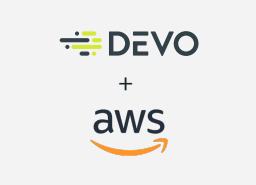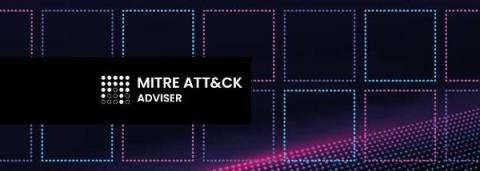Building a Healthier and More Productive SOC
Security professionals are burning out, and they often aren’t getting enough support from their higher-ups. In fact, Devo and Wakefield Research have found that 45% of IT professionals surveyed felt that their leaders haven’t proactively responded to employee burnout, and 59% wish their leaders would offer additional training, mentorship, and development. Responsibility for tackling this issue lies with InfoSec leaders and their organizations.




